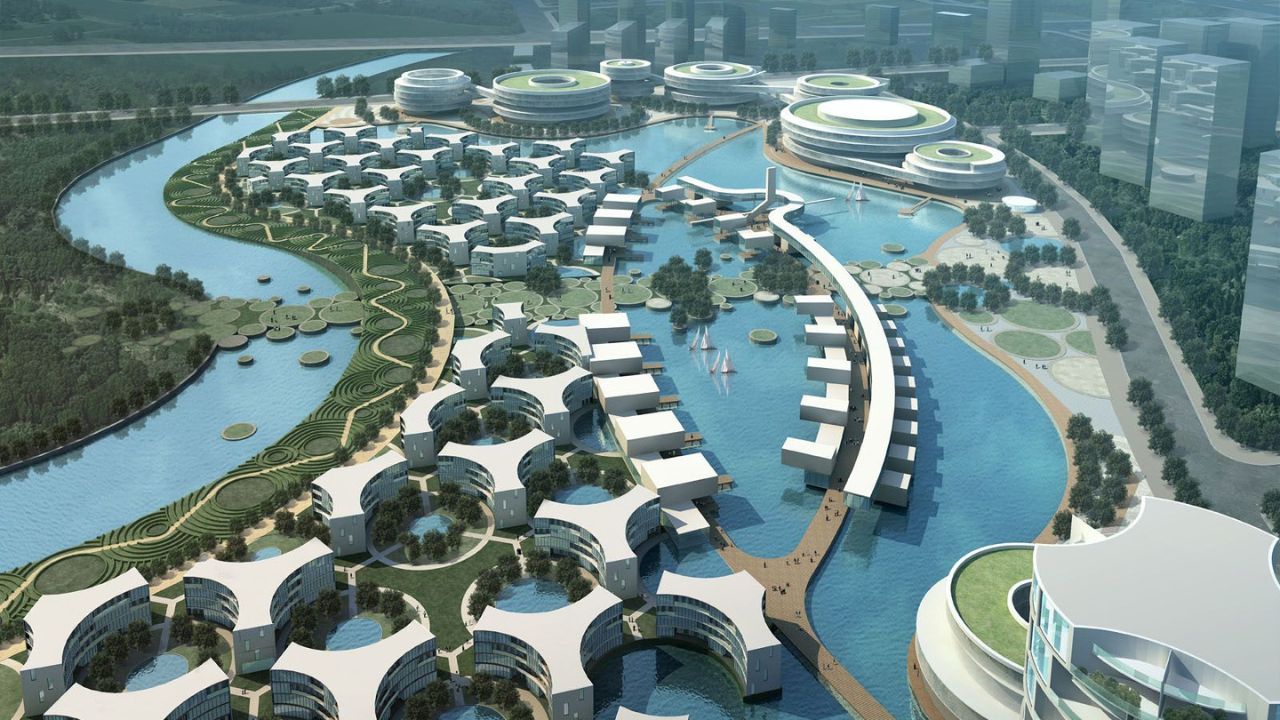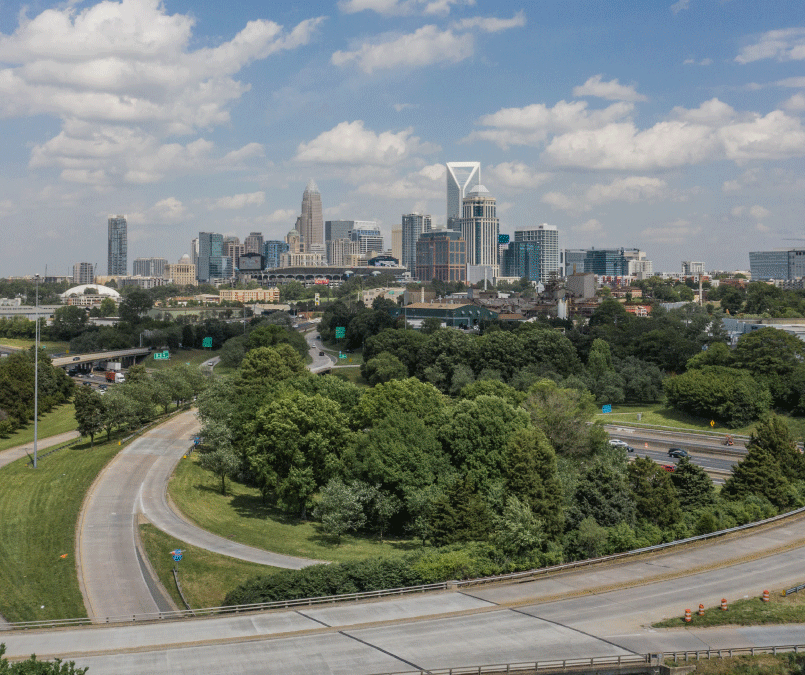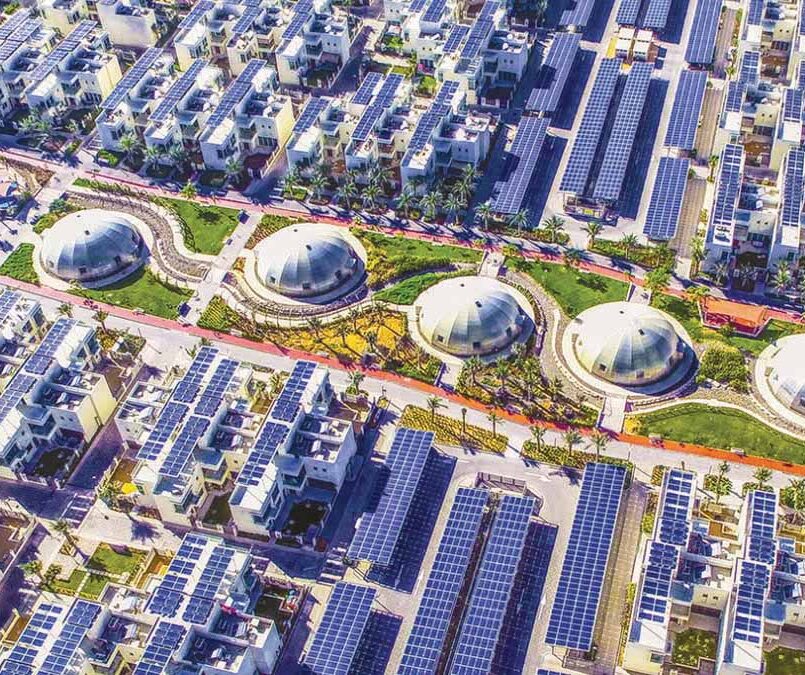Eco Cities 101: Key Features of Sustainable, People-Centered Urban Spaces
As global urban populations rise, the need for sustainable, livable cities is more urgent than ever. Enter the eco city, a transformative model of urban development that prioritizes environmental stewardship, resilience, and well-being. Eco cities are designed not only to reduce ecological impact but also to center around the needs of residents, fostering healthy, vibrant communities. This introduction to eco cities explores their essential features and why they offer a promising future for urban spaces worldwide.
What Defines an Eco City?
An eco city, or ecological city, is an urban area planned, developed, and managed to reduce environmental impact, adapt to climate change, and improve quality of life for its residents. They achieve this by integrating green infrastructure, renewable energy, efficient transportation, and social inclusivity. The guiding principle behind eco cities is that sustainability and livability go hand in hand: eco cities are not just about reducing pollution, but also about creating spaces where people can thrive.
Key Features of Eco Cities
Eco cities employ a variety of sustainable and people-centered practices to meet the needs of both the environment and the community. Here are the fundamental features that make eco cities exemplary models for future urban development:
- Green Energy and Carbon Neutrality
Eco cities work toward energy independence by leveraging renewable energy sources, such as solar, wind, and geothermal power. By prioritizing clean energy, these cities aim to reduce greenhouse gas emissions and ultimately achieve carbon neutrality. Cities like Reykjavik, Iceland, which runs almost entirely on renewable energy, showcase how eco cities can meet energy needs while preserving the planet. Green buildings, energy-efficient lighting, and smart grids are also common in eco cities to minimize energy use and adapt to peak demands. - Efficient, Low-Emission Transportation
Transportation is often a major contributor to urban emissions, but eco cities prioritize low-impact transportation to counteract this. Public transit, such as electric buses and light rail systems, is highly accessible and efficient. Many eco cities also incorporate extensive cycling infrastructure, bike-sharing programs, pedestrian-friendly streets, and car-free zones, encouraging residents to opt for walking, biking, or public transit. For example, Amsterdam’s comprehensive bike paths and car-free zones make it easy for residents to choose eco-friendly transportation options. - Green Architecture and Sustainable Building Practices
In eco cities, buildings are constructed with sustainable materials, energy-efficient designs, and features that reduce environmental impact. This can include passive solar heating, green roofs, natural ventilation, and rainwater harvesting systems. Vertical gardens and green roofs, like those in Singapore, provide natural cooling, improve air quality, and create urban habitats for wildlife. Eco cities often mandate green building standards, ensuring that new developments adhere to principles of sustainability and resilience. - Waste Reduction and Recycling Initiatives
Eco cities implement comprehensive waste management systems to minimize landfill use and encourage recycling and composting. Many aim for “zero waste” by promoting recycling, reducing single-use plastics, and establishing waste-to-energy facilities. San Francisco, for example, has set a zero-waste goal, with policies to compost, recycle, and reduce waste at its source. In eco cities, the circular economy model is commonly applied, where materials are reused and repurposed to limit waste generation and make the best use of available resources. - Sustainable Water Management
With the global water crisis intensifying, eco cities prioritize water conservation and management. They incorporate water-saving technologies, stormwater management systems, and wastewater recycling to reduce strain on natural water sources. Rainwater harvesting systems, permeable pavements, and green roofs help manage stormwater and prevent flooding, while treated wastewater can be used for irrigation and other non-potable applications. These practices ensure that water resources are used efficiently, and cities are better prepared to handle fluctuations in water supply due to climate change. - Green Spaces and Biodiversity
Parks, urban forests, community gardens, and green rooftops are essential components of eco cities. Green spaces not only provide recreational areas but also improve air quality, reduce urban heat, and support local biodiversity. Eco cities design green areas that are accessible to all residents, fostering well-being and a connection with nature. Singapore’s “City in a Garden” vision, which emphasizes green spaces and urban biodiversity, is a prime example of how eco cities bring nature into urban landscapes for the benefit of both people and wildlife. - Smart City Technology for Urban Efficiency
Smart technologies play a crucial role in eco cities, enabling efficient resource management and data-driven decision-making. Sensors, data analytics, and IoT (Internet of Things) systems help monitor and optimize everything from energy use to traffic flow and waste collection. Barcelona, for example, has installed a network of sensors to manage street lighting, monitor air quality, and control irrigation, reducing water and energy use while improving urban living conditions. - Inclusive, People-Centered Urban Planning
Eco cities emphasize inclusivity and community involvement in urban planning. Mixed-use developments, walkable neighborhoods, and affordable housing are key aspects of people-centered planning. These cities also prioritize public spaces that foster social interaction and community well-being. This approach to urban design encourages diverse, vibrant neighborhoods where residents have easy access to work, education, healthcare, and leisure, creating a high quality of life for all.
Why Eco Cities are Important for Our Future
Eco cities are more than just environmentally friendly—they represent a shift toward sustainable, resilient, and socially inclusive urban living. Here’s why they are vital for the future:
- Environmental Impact: Eco cities actively work to reduce carbon emissions, manage waste, and conserve resources, which helps mitigate climate change and preserves ecosystems.
- Resilience to Climate Change: Eco cities are designed with climate resilience in mind, equipping them to handle extreme weather, sea-level rise, and other climate-related challenges.
- Healthier Communities: Cleaner air, accessible green spaces, and reduced pollution in eco cities contribute to better public health and improved mental well-being.
- Economic Opportunities: Eco cities promote green industries, creating jobs in sectors like renewable energy, sustainable construction, and waste management. The focus on green innovation attracts investment and boosts local economies.
- Enhanced Quality of Life: Residents of eco cities enjoy a high quality of life with easy access to green spaces, sustainable transportation, and community amenities, fostering a sense of belonging and connection to nature.
Examples of Leading Eco Cities
Cities around the world are already embracing eco-friendly practices and setting a new standard for sustainable urban living. Here are a few trailblazers:
- Copenhagen, Denmark: Known for its green energy policies and extensive bike infrastructure, Copenhagen is on track to become the world’s first carbon-neutral capital by 2025.
- Vancouver, Canada: Vancouver’s Greenest City Action Plan emphasizes reducing carbon emissions, expanding green spaces, and promoting clean energy, with a goal of becoming the world’s greenest city.
- Singapore: The “City in a Garden” integrates lush greenery into urban spaces, from rooftop gardens to vertical forests, setting a global benchmark for eco-friendly urban development.
- Stockholm, Sweden: Stockholm’s focus on sustainable transportation, waste management, and energy efficiency has earned it recognition as one of Europe’s greenest cities.
Challenges and the Road Ahead
Transitioning to eco cities comes with challenges, including high implementation costs, political resistance, and the need for widespread behavioral change. Cities may need significant investment to develop green infrastructure, retrofit buildings, and upgrade transportation systems. However, the environmental and social rewards make the transition worthwhile. Strong policies, community engagement, and innovative financing models can help overcome these obstacles, ensuring that the eco city model continues to thrive and expand.
Conclusion
Eco cities embody a vision of urban life that is sustainable, resilient, and centered on people’s well-being. By adopting practices that reduce environmental impact, conserve resources, and promote social inclusivity, eco cities are leading the way toward a brighter, greener urban future. As more cities around the world embrace eco-friendly principles, the potential for creating a sustainable, livable planet for all becomes increasingly attainable. Eco cities demonstrate that with the right vision and commitment, we can transform our urban spaces to create a more harmonious and sustainable future for generations to come.




